Micro crabs, Limnopilos nayanetri - The smallest crab in the world!
Micro crabs, Limnopilos nayanetri - The smallest crab in the world!
The micro cra b is a purely aquatile, i.e. living exclusively in water, very small crab species strictly speaking the smallest crab species in the world! It belongs to the Hymenosomatidae family, the so-called false spider crabs. As its name suggests, like all representatives of its family, it is very small. When fully grown, the carapace (carapace) of the micro crab reaches a width of about 10 mm. Egg-bearing females with a carapace width of less than 8 mm have been observed, so sexual maturity occurs much earlier. The graceful animals have unusually long legs, which gives them a wingspan of up to 3 cm despite their small body size. However, it is often observed that they can fold their legs, which then makes them appear shorter. The carapace of the microcrab has a strikingly round shape. The claws of the animals are clearly hairy, which indicates that the animals not only eat solid food, but also filter suspended particles from the water.
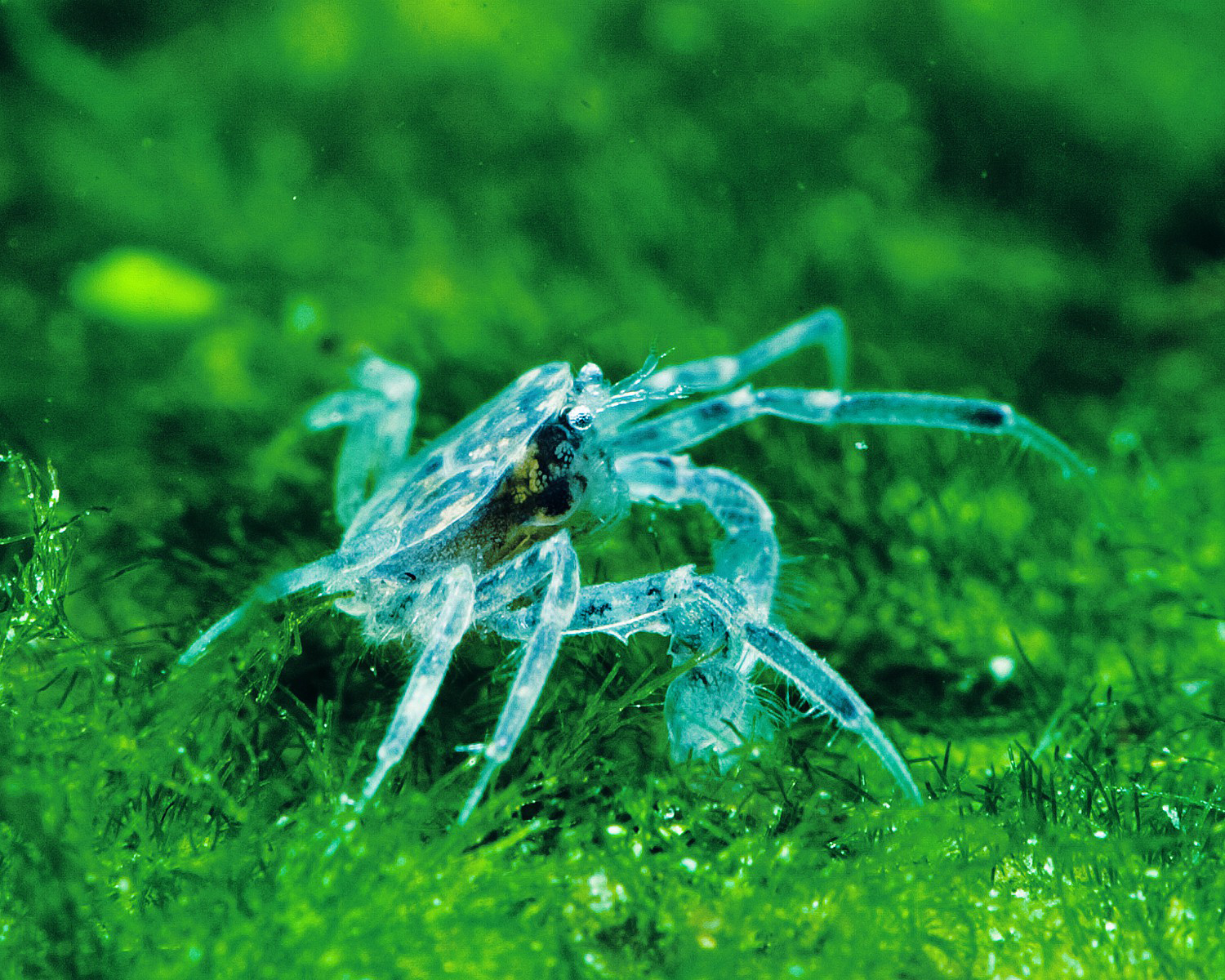
Where do microcrabs come from?
Microcrabs originate from Thailand. In their native biotope, a small, slow-flowing river, they live mainly in calm, almost stagnant sections in the roots of water hyacinths and in fine aquatic plants.
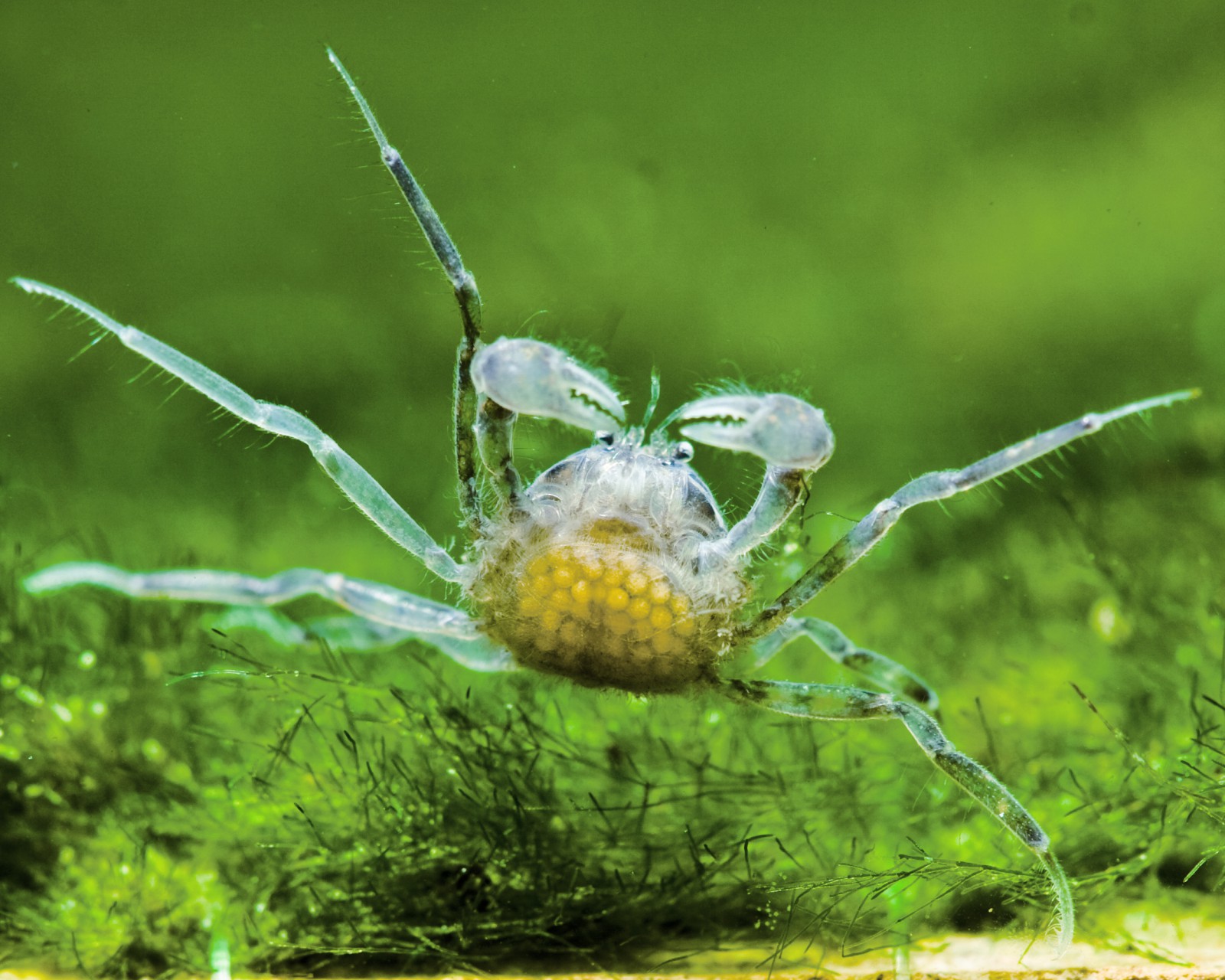
Keeping micro crabs in the aquarium
The micro crab does not need a terrestrial part and can be kept in freshwater aquariums. It prefers a pH of 6.5 to 7.5 and a GH up to 15. Temperatures should not fall below 22 °C, it feels comfortable up to 28 °C. So heating is not absolutely necessary in aquariums with room temperature. Their very small size makes the micro crab ideal inhabitants for a nano aquarium. A group of 5 to 10 animals is a good starting stock. Within the species the animals are not very aggressive. The filter must of course be made microcrab-proof, an airlift is recommended, here the animals do not run the risk of being sucked in. Sand or gravel is suitable as substrate. They need fine aquatic plants, a cover of floating plants is optimal. The crabs like to stay in the root beards. At the beginning the animals are very secretive, with the time they can be seen more often, especially in the species tank.
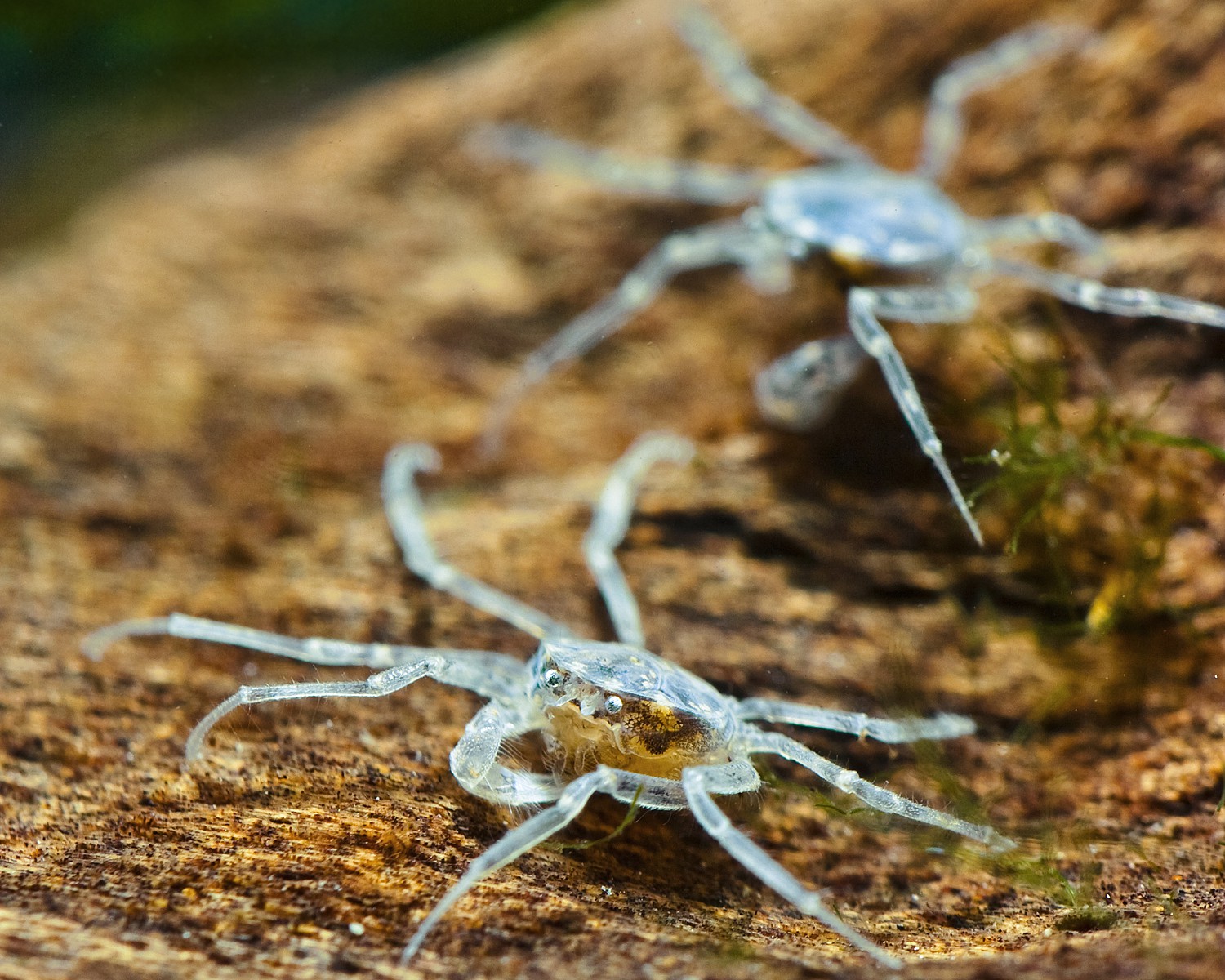
Micro crabs socialization
The animals should not be kept together with fish, for most aquarium fish these tiny crabs would probably be a welcome snack. They should also not be kept together with dwarf shrimps, they would be attacked and eaten. With dwarf shrimps, however, they can be well socialized. Small snails such as young bladder snails or spoonbills are preyed upon and spooned out by the crabs. Limnopilos nayanetri feeds predominantly carnivorously, i.e. is a carnivore, and requires fine food. Artemia euplii are ideal here, as are fine live foods such as microworms. The animals also eat spirulina powder from time to time, but should still be fed mainly with animal food, for example with special food for carnivorous crabs. If the food pieces are too big, they should be ground up a little bit.
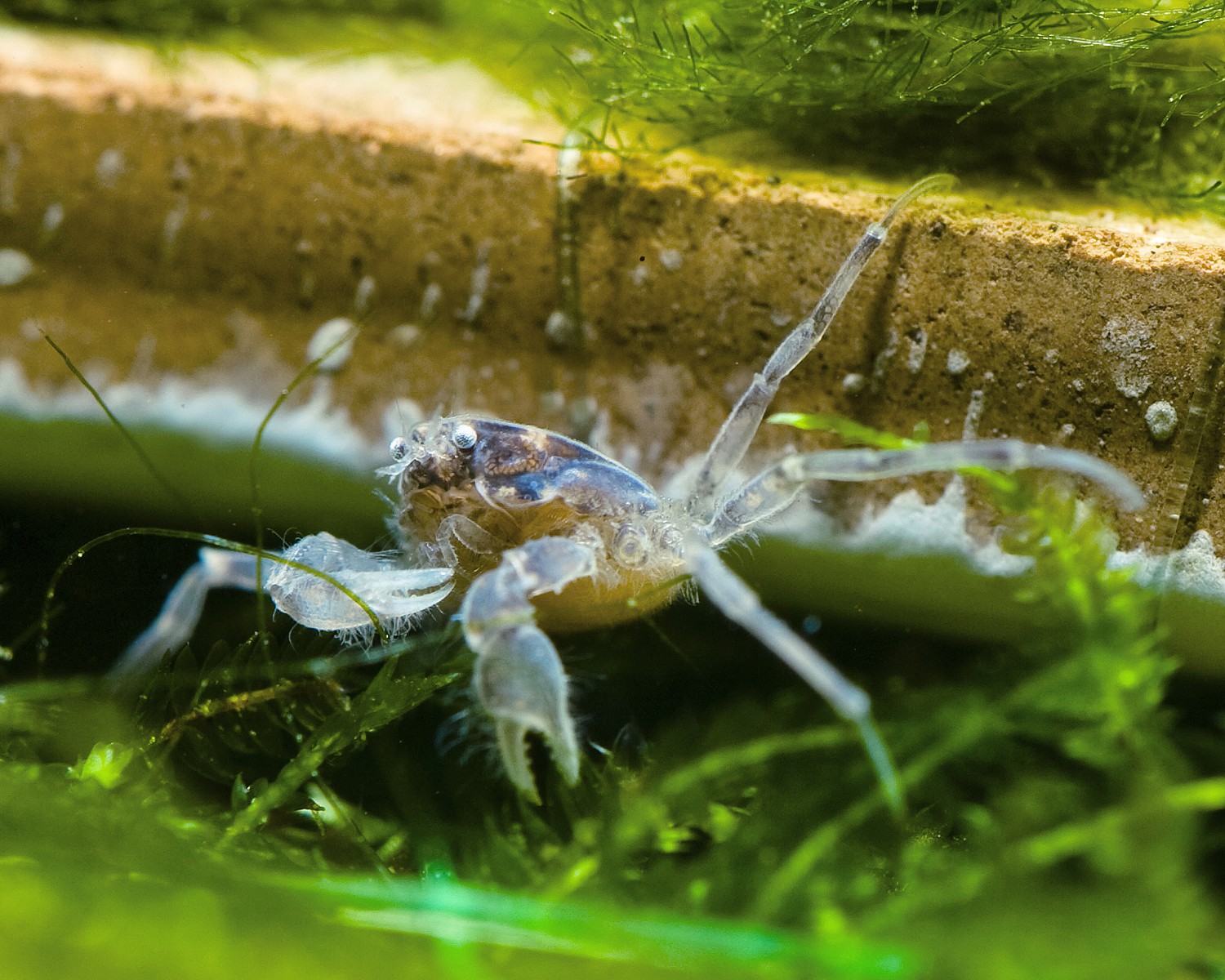
Reproduction - Breeding micro crabs?
In crabs, the abdomen, which all decapods (Decapoda) possess, to which they also belong, is folded under the carapace. There it is visible as a so-called abdominal flap. The sexes can be distinguished in the micro crab - as in all crabs - by this abdominal flap very easily, even if you certainly need a good magnifying glass for this because of the small size of the animals. The females have a very wide, U-shaped abdominal flap that extends almost over the entire underside, while in the males it is rather narrow and tapered V-shaped. After mating, the female presses out the yellowish to orange eggs and holds them in the brood pouch she forms with her broad abdominal valve until hatching. Although Limnopilos nayanetri carries only a few, relatively large eggs, larvae hatch and have yet to develop into crabs. Unfortunately, the adult crabs are highly predatory and readily eat the larvae. Unfortunately, it has not yet been possible to breed Limnopilos nayanetri in captivity. The larvae have never been kept alive for more than 10 to 14 days. It is not even certain whether they grow up in salt or fresh water, although there is now some evidence that they need salt water.

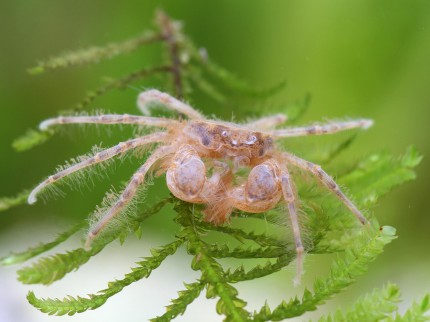
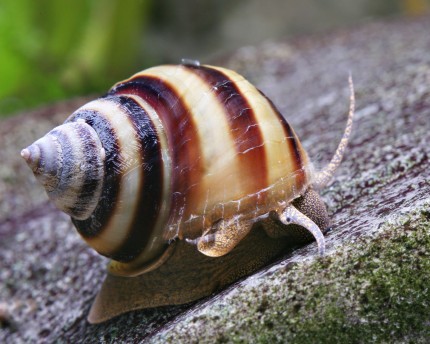
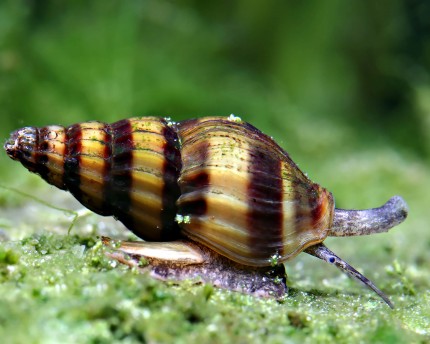
Krabbe trägt Eier
Guten Tag,
Eine meiner Mikrokrabben trägt momentan Eier und ich suche nach Erfahrungsberichten - die es leider kaum gibt.
Würde mich über jede neue Info freuen! :)